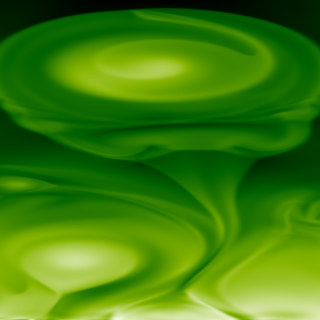Bibcode
Liakh, V.; Luna, M.; Khomenko, E.
Bibliographical reference
Astronomy and Astrophysics
Advertised on:
5
2020
Journal
Citations
23
Refereed citations
23
Description
Context. Large-amplitude oscillations (LAOs) of solar prominences are a very spectacular, but poorly understood, phenomena. These motions have amplitudes larger than 10 km s-1 and can be triggered by the external perturbations such as Moreton or EIT waves.
Aims: Our aim is to analyze the properties of LAOs using realistic prominence models and the triggering mechanism by external disturbances.
Methods: We performed time-dependent numerical simulations of LAOs using a magnetic flux rope model with the two values of shear angle and density contrast. We studied the internal modes of the prominence using horizontal and vertical triggering. In addition, we used perturbation that arrives from outside to understand how such external disturbance can produce LAOs.
Results: The period of longitudinal oscillations and its behavior with height show good agreement with the pendulum model. The period of the transverse oscillations remains constant with height, suggesting a global normal mode. The transverse oscillations typically have shorter periods than longitudinal oscillations.
Conclusions: The periods of the longitudinal and transverse oscillations show only weak dependence on the shear angle of the magnetic structure and prominence density contrast. The external disturbance perturbs the flux rope exciting oscillations of both polarizations. Their properties are a mixture of those excited by purely horizontal and vertical driving.
Aims: Our aim is to analyze the properties of LAOs using realistic prominence models and the triggering mechanism by external disturbances.
Methods: We performed time-dependent numerical simulations of LAOs using a magnetic flux rope model with the two values of shear angle and density contrast. We studied the internal modes of the prominence using horizontal and vertical triggering. In addition, we used perturbation that arrives from outside to understand how such external disturbance can produce LAOs.
Results: The period of longitudinal oscillations and its behavior with height show good agreement with the pendulum model. The period of the transverse oscillations remains constant with height, suggesting a global normal mode. The transverse oscillations typically have shorter periods than longitudinal oscillations.
Conclusions: The periods of the longitudinal and transverse oscillations show only weak dependence on the shear angle of the magnetic structure and prominence density contrast. The external disturbance perturbs the flux rope exciting oscillations of both polarizations. Their properties are a mixture of those excited by purely horizontal and vertical driving.
Related projects

Numerical Simulation of Astrophysical Processes
Numerical simulation through complex computer codes has been a fundamental tool in physics and technology research for decades. The rapid growth of computing capabilities, coupled with significant advances in numerical mathematics, has made this branch of research accessible to medium-sized research centers, bridging the gap between theoretical and
Daniel Elías
Nóbrega Siverio

Solar and Stellar Magnetism
Magnetic fields are at the base of star formation and stellar structure and evolution. When stars are born, magnetic fields brake the rotation during the collapse of the mollecular cloud. In the end of the life of a star, magnetic fields can play a key role in the form of the strong winds that lead to the last stages of stellar evolution. During
Tobías
Felipe García